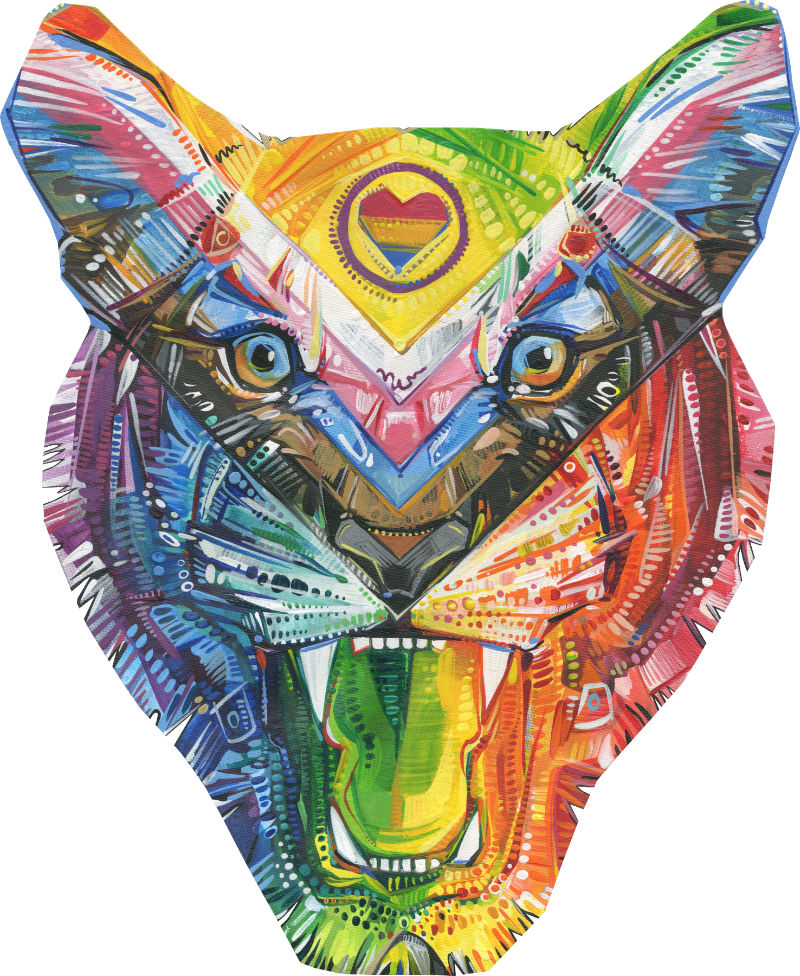Blog / 2025 / The French Part of My Gender Identity
June 25, 2025
English is my first language, and it’s the one I spoke at home growing up, but French has always been a close second. I learned it early since it was the only way to communicate with my grandparents.
Because of this near-simultaneous learning of two languages, there are two versions of me. The English-speaking one and the francophone one both have the same experiences, but with a slightly different take on things. Like a prism that separates the light into its rainbow parts, the two interpretations of me are one thing, but they open up my experiences to a special kind of scrutiny, revealing the many colors contained in every moment.
That’s especially true when it comes to my gender.
I was twelve when I realized I wasn’t a girl or a boy, but it wasn’t until almost thirty years later that I found the courage to ask others to try to see me that way.
Even then, I shied away from requesting that others refer to me as “they” instead of “she.” There were many motivations driving that decision—mostly relating to convenience—but a big one was my second language. I was trying to figure out how to transition to “they” in French.
As a romance language, français is committed to the binary, gendering absolutely everything. For example, the screen you’re reading this text on is masculine, and the hand you’re using to scroll is feminine.
Plus, there’s no easy equivalent to “they” in French—no pronoun that’s been used to refer to people in a gender-nonspecific way since at least the time of Shakespeare. Instead, there’s a whole new word: iel. It’s a mashup of the French for “he” and “she” that was invented by queer francophone communities around 2010 and included in France’s most popular dictionary, Le Petit Robert, in 2021.
When I finally adopted “iel” last year, I was satisfied with my decision, but, since I don’t use French in my daily life, the change didn’t feel totally real—not until my bilingual brain-prism picked out the poetry of my choice.
The French word for “they” sounds like the verb “to yell” in English.
And that feels true to what I want to do every time someone calls me “they” or refers to me as a “person” instead of as a “girl” or a “woman.” I want to roar for joy!

Proud of My Stripes
2022
acrylic on unmounted canvas
14 x 12 inches
(For prints and t-shirts with this tiger image, go here.)
Happy Pride!
For more about how my bilingualism intersects with my dislike of the gender binary and the patriarchy in general, check out this article about people who don’t think very hard about the slang they use.
You can also celebrate Pride multilingually with Crime Against Nature, my queer science picture book that you can download for free in English, French, Italian, Russian, and Chinese.
There’s even a video reading of the book in English with Chinese translation here, which is brought to you by my friend Vivian, whose thoughtfulness saved me in the first few months after Trump’s re-election.
Did this post make you think of something you want to share with me? I’d love to hear from you!
To receive an email every time I publish a new article or video, sign up for my special mailing list.

